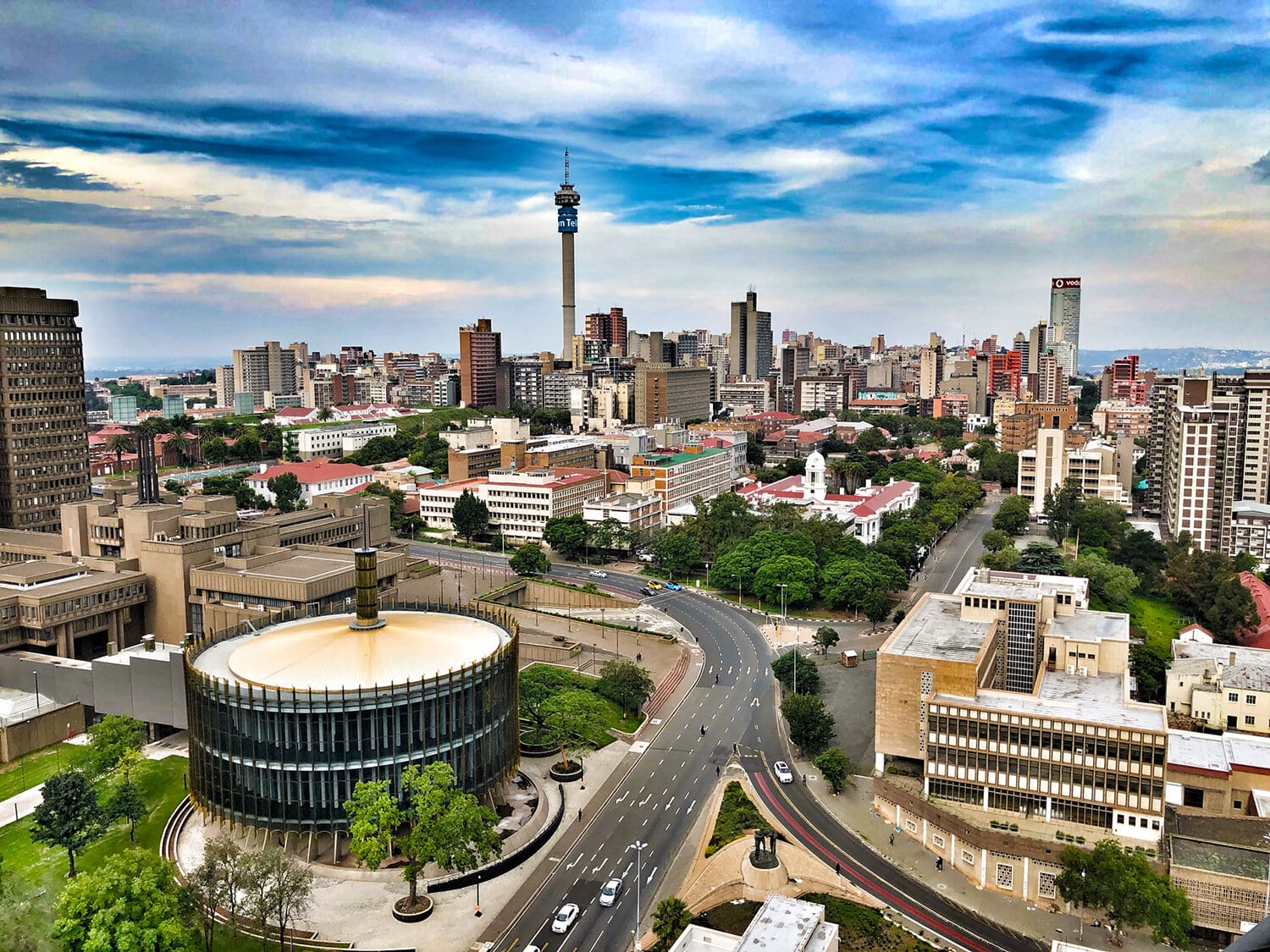The Single Strategy To Use For Johannesburg North Attractions
The Single Strategy To Use For Johannesburg North Attractions
Blog Article
The smart Trick of Johannesburg North Attractions That Nobody is Discussing
Table of ContentsThe Best Strategy To Use For Johannesburg North AttractionsThe Basic Principles Of Johannesburg North Attractions Top Guidelines Of Johannesburg North AttractionsThe smart Trick of Johannesburg North Attractions That Nobody is Talking AboutThe Johannesburg North Attractions IdeasThe Ultimate Guide To Johannesburg North Attractions
The city owes its place to the visibility of a much more valuable source: gold. The city grew on the side of the Witwatersrand Key Coral reef, a subterranean stratum of gold-bearing quartz-silica corporation that arcs for thousands of miles underneath the Highveld. A lot of the gold mines in the city discontinued operation in the 1970s, yet in its day the Witwatersrand gold sector made up greater than 40 percent of the globe's yearly gold production.Johannesburg has a pleasant climate. The city delights in about eight hours of sunshine per day in both winter season and summer season.
What rainfall the city receives falls nearly solely in the summertime, frequently in amazing late-afternoon electrical tornados. Air contamination presents a significant problem, especially in the winter season months, when thermal inversions hinder the westward flow of air from the Indian Ocean. Contamination is most serious in the largely cleared up Black territories on the city's perimeter, where many residents still count on coal for gas.

Some Known Questions About Johannesburg North Attractions.
The equilibrium of the city is occupied by whites. Lodging varies in character and quality. Soweto is notorious for its unlimited rows of municipally developed, two-room matchbox homes, yet it additionally has a couple of thriving enclaves as well as teeming squatter camps, where 10s of thousands live without water, electricity, or cleanliness centers.
Physical development, although somewhat limited by transport, continued rapidly as immigration to South Africa, and Johannesburg particularly, boosted dramatically. This problem was solved in the 1930s when the car was presented in mass manufacturing to South Africa. Autos were, essentially, confined to the affluent, and allowed them to relocate to the north of the city and commute right into the centre.
A lot of bad residential areas were combined, with poor blacks and whites living together, although the rich suburbs were typically booked for whites.
The previous system of eleven phoned number regions was reorganised in 2006. Marshalltown, as seen from the top of the Carlton Centre. The M1 and M2 run behind the structures, and the southerly suburban areas expand past the highway limit. The central city of Johannesburg is situated within the city's Region F. The number of people living in the inner city on an informal basis is unidentified, as lots of are illegal immigrants. The unemployment, education and learning, and age accounts of the area are all unknown, due to the difficulty of getting reliable details regarding the area.
Rumored Buzz on Johannesburg North Attractions
Centred on the CBD, useful content the region includes the suburbs of Yeoville, Bellevue, Troyeville, Jeppestown, and Berea to the east. To the west it spreads to Pageview (Johannesburg North attractions) and Fordsburg. There are small industrial parks to the south, such as City West-Denver and Benrose. Around 800,000 commuters travel through the central city on a daily basis, and it operates as a local shopping node for site visitors from the southerly suburban areas. Yeoville and Bellevue have a mix of apartment and single property systems on little great deals. The area lies on a mountainous divide that runs from eastern to west. One of the most obvious geographic attribute is Observatory Ridge, which is named for the huge observatory located on it. The recreational rooms are no go to these guys more utilized, as a result of safety problems.

More About Johannesburg North Attractions
The eastern residential areas are some of the earliest locations of Johannesburg, there are huge communities of Jewish and various other European histories, the bulk of the populace is English speaking. There are three golf programs as well as a number of secured ridges with viewsites.
The area is mostly made up of old "matchbox" residences, or four-room residences constructed by the government, that were constructed to provide inexpensive holiday accommodation for black employees throughout discrimination. Soweto is an acronym, meaning "South Western Townships". Street after street around is lined with matchboxes; nevertheless, there are a couple of smaller sized locations where thriving Sowetans have actually built houses that are extra similar in stature with those in even more wealthy residential areas.
Hostels are one more prominent physical feature of Soweto. Initially built to house male migrant employees, lots of have been improved as homes for pairs and family members. The N1 Western Bypass skirts the eastern border of Soweto. The suburban area was not historically enabled to create work centres within the area, so nearly all of its homeowners are commuters to various other parts of the city.
The Facts About Johannesburg North Attractions Uncovered
The N1 Western Bypass connects the north suburban areas with the north-western suburban areas. The houses in the north suburbs are mainly official, without substantial areas of informal housing, or real estate that does not have a long-term framework. This is an established area, there is a fad of land usage change from domestic to commercial, particularly along main arterial roads and around well established nodes.
The location is well connected to road networks, especially along the north-south axis developed by the go to my site M1 and N1. Roads to the east and west are less well established, as there are no highways travelling in that instructions. Towards the north border of the city, the density of advancement lowers, leaving huge areas of primitive land around Midrand.
The 9-Minute Rule for Johannesburg North Attractions
, which is situated on a hillside ignoring the inner city and Hillbrow.
Report this page